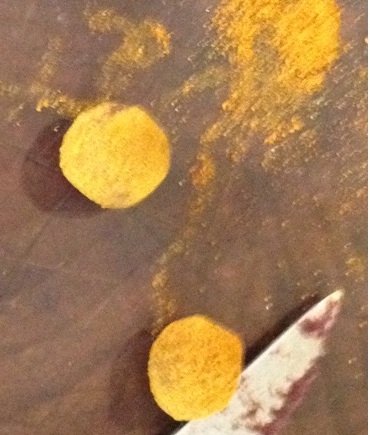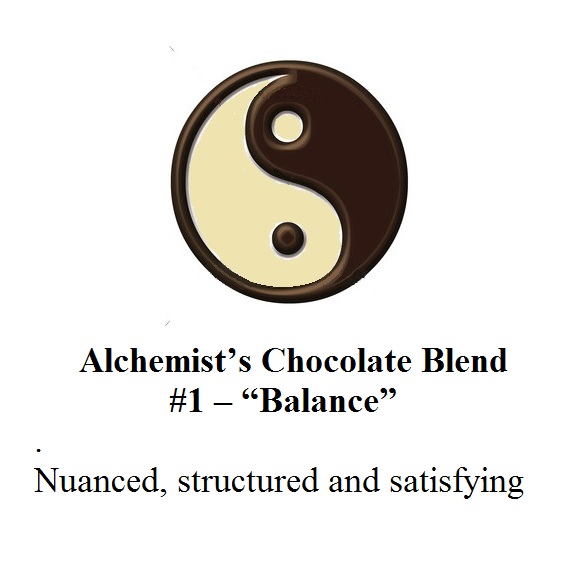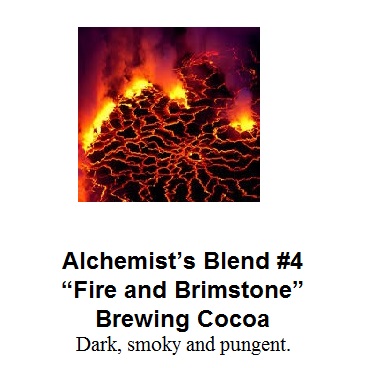Valrhona chocolate shows heating the chocolate up to 131F at first… not just 120 or so. I would think would be plenty hot enough. Why so hot? Is that aimed at large batches? I would like to know how Valrhona is able to melt their chocolate at 131F without burning it. On the tempering curve, they show melting at that temp in stage 1, then dropping to 82 then back up to 88-89. Is their chocolate a difficult one to melt out all the crystal formations before tempering/re-tempering?
The answer that jumps to mind is "there are many ways to skin a cat"…. and that is not super helpful. What I really mean is that there are lots of ways you can melt and temper chocolate, but many ways have extra steps or go way beyond what is needed to get the job done. 131 F to melt. This is one of those nearly unanswerable "why"questions. I’d have to be inside the person’s head that wrote it to know. It does convert exactly to 55 C. That’s a nice whole number.
Maybe it was initially 50 C and someone keyed it in wrong for the conversation. That would have been 122 F.
Maybe their process is such that they have to pump it and lost too much heat, so they needed a hotter starting point to prevent it solidifying in the pumps.
Maybe it’s purple and ice cream has no bones. I really don’t know.
What I do know is that it isn’t needed in general. You don’t even need 122 F. I just tempered a batch of chocolate yesterday and I used 102 F. Why 102 F and not 100 F? Well, it certainly was not because it had to be 102 F. It’s simply that when I pulled it out of the over it was 102 F so I went with it. My chocolate was no easier nor harder than their chocolate to "melt out all the crystal formations". Chocolate and chemistry of this sort just doesn’t work that way. You have six basic forms of crystal formation in chocolate and they all melt the same and act the same…because they are the same. You know, quack quack, feathers, must be a duck and all.
Finally, there is this odd (to me) notion about burning chocolate at these low temperatures. Let’s clear that up. You can’t burn chocolate if ALL of the chocolate is under 451 F. That said, you can overheat it at less than that. I found some claims that you can overheat it as low as 120-130…but my major issue with these snippets of data is that I’ve routinely had chocolate well into the 140’s in the Melanger, and the ‘delicate’ milk chocolates that should be kept lower I’ve had into the 160’s…..and none burned and none even separated. The latter being the supposed danger of over heating.
Personally I think it is just a persistent myth perpetuated from the disasters of directly heating chocolate in a pan on a stove top. Someone tries to melt chocolate via direct heat on a stove top and it ends up stuck to the bottom, scorches (burns), they note the temperature and its 135 F.and Bob’s your uncle. Chocolate burns at 135 F – NOT! The surface where the chocolate was touching was WELL over 135F. Doing a very fast test in my kitchen, with my gas range, I show over 500 F on the outside of the pan…with solid chocolate in the pan. That’s why they recommend heating and melting chocolate over a bowl of boiling water. It can only get to 212 F...a temperature that won’t burn chocolate. That’s how and why you can heat chocolate to 130 F and not burn it…because chocolate doesn’t burn at that temperature.
While researching this I did find a number of notes that chocolate can separate if overheated.but I personally, in over 40 years of working with chocolate, and over 10 making it, have never, ever, once separated chocolate. I won’t say it can’t be done, but I feel pretty good in saying you aren’t going to causally do it. While melting 50 lbs of chocolate for truffles this year, I tossed the whole lot into my oven at 350 F (a mistake actually) and came back to the entire lot over 170 F…..and guess what? No burned chocolate. No separated chocolate. No change in flavor. Just hot chocolate. Maybe others have done it. Maybe it was with chocolate with other ingredients. Maybe purple, because ice cream has no bones. All I know is that there is a LOT of information out there on the web that directly contradicts what I’ve seen first-hand, therefore I have to discount it as rumor, myth or incomplete information. The only other option I can come up with is to think my chocolate and my technique is so much better or special than everyone else's and I just don’t believe that. I’m just me and it’s just chocolate.
Happy holidays everyone. I’m off to make a steamed English pudding…maybe with chocolate. I wonder how a Chocolate Spotted Dick would be?






